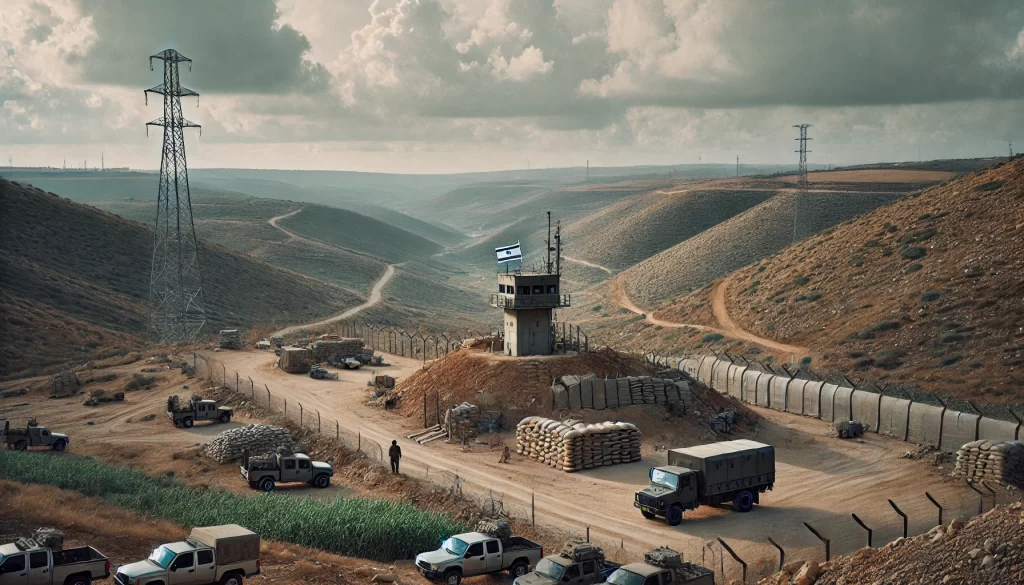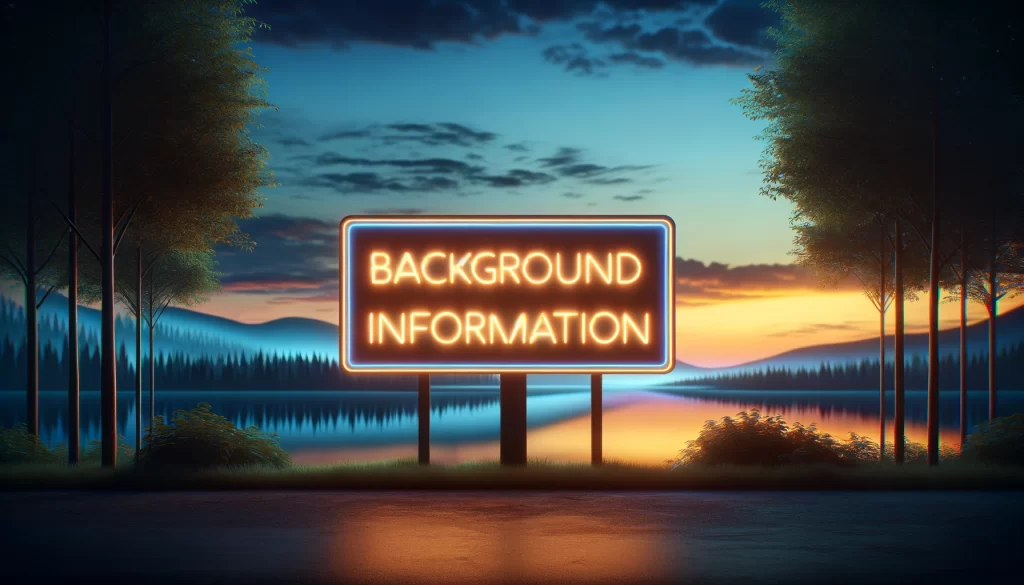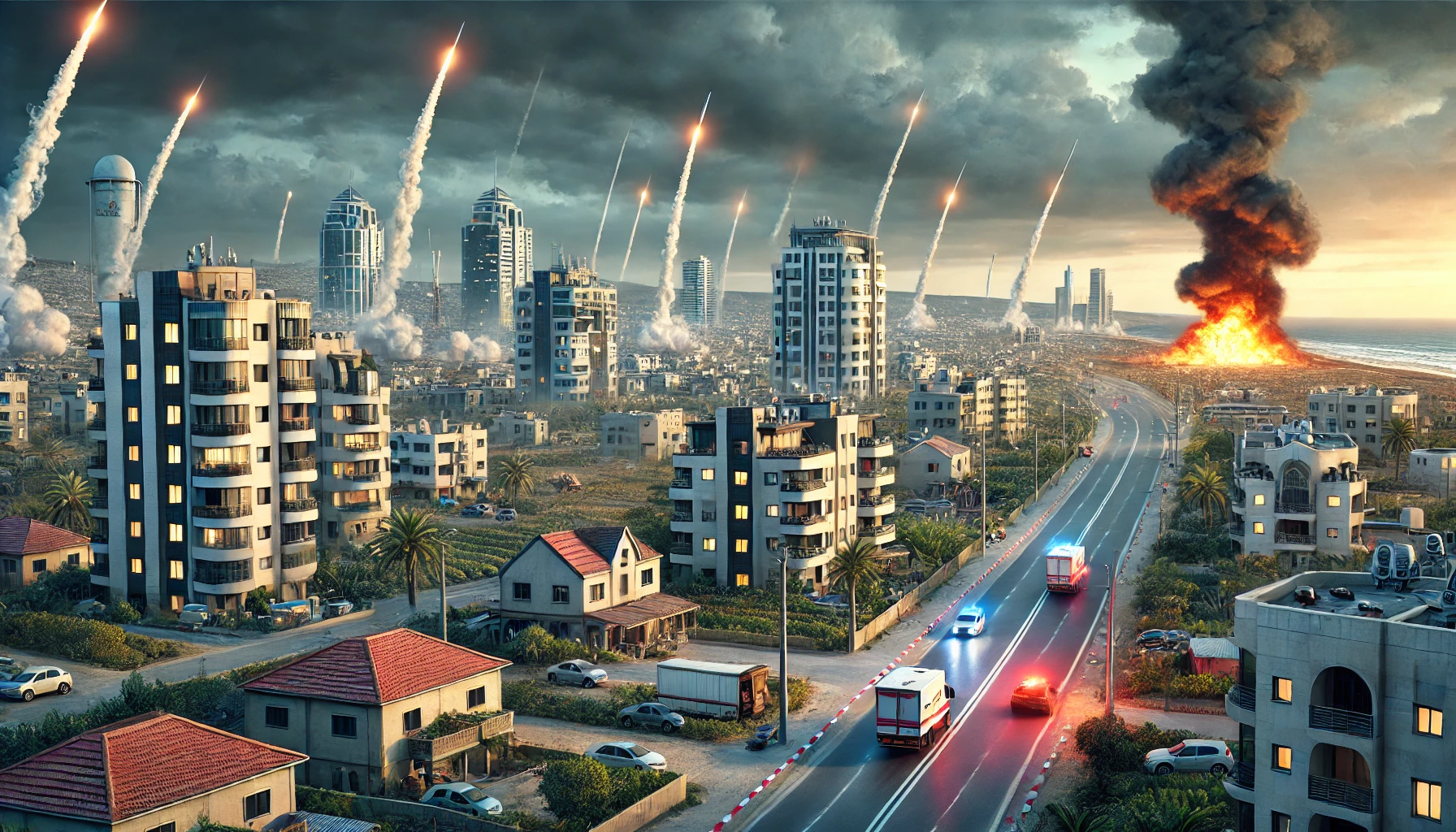On Sunday, Hezbollah launched over 150 rockets from southern Lebanon into northern Israel, targeting civilian areas further south than previous attacks. The strikes reached as far as Haifa, one of Israel’s major cities, causing widespread damage and injuries. Israeli air raid sirens blared as rockets damaged homes and vehicles, and a 76-year-old man was among the injured in the area. A local resident, Achiya Itschaky, recalled the chaos: “Around 06:30 there was an alarm and then immediately afterwards a big explosion — very, very big explosion — even three or four houses from here. Our window in the main room was completely destroyed.”
The Israeli Defense Forces (IDF) responded with a series of airstrikes, claiming to have hit over 400 Hezbollah targets in southern Lebanon, including rocket launchers and other military installations. The strikes were described as “wide” and heavily damaging to Hezbollah’s infrastructure. IDF spokesman Daniel Hagari emphasized that the Israeli military’s operations would “continue and intensify.” Prime Minister Benjamin Netanyahu, reflecting on the military actions, stated, “In recent days, we have landed a series of blows on Hezbollah that it could have never imagined.”
Hezbollah’s Retaliation and Wider Impacts
Hezbollah’s rocket attacks followed an earlier incident where an Israeli airstrike on Friday in Beirut killed at least 37 people, including one of Hezbollah’s top leaders, Ibrahim Aqil. Aqil, a senior military commander and leader of Hezbollah’s elite Radwan Force, had been a key figure in Hezbollah’s military strategy. The strike also claimed the lives of women and children, fueling Hezbollah’s retaliation. Aqil was on the U.S. most-wanted list due to his alleged involvement in the 1983 bombing of the U.S. Embassy in Beirut and the kidnapping of foreign nationals during Lebanon’s civil war.
The strikes have also severely impacted civilians. In Lebanon, Hezbollah held funerals for those killed, including Aqil, as Lebanese officials reported that over 45 people were killed, with many more injured in southern Lebanon due to Israeli airstrikes. Lebanese Health Minister Firass Abiad confirmed that seven women and three children were among those who lost their lives in recent strikes. Israel, in response, has intensified its air raids, warning that its military campaign against Hezbollah would be prolonged.
Growing Regional Tensions
The situation has escalated beyond Israel and Lebanon, involving other regional actors. Israel reported that some of the projectiles launched during Sunday’s attacks came from Iraq, further expanding the scope of the conflict. The Islamic Resistance in Iraq, a group backed by Iran, claimed responsibility for launching drones and cruise missiles at Israel. While Israel’s Iron Dome defense system intercepted many of the rockets, the number of projectiles aimed at Israel is increasing, with the conflict showing no signs of de-escalation. This expansion of the conflict into other regions has raised concerns of a broader regional war.

Since the start of this new phase of violence, the northern regions of Israel, especially near Haifa and Kiryat Bialik, have been placed under heightened security. Schools in these areas have been closed, and residents have been urged to stay indoors, limiting outdoor gatherings to fewer than ten people. Meanwhile, Israeli military officials have stated that they are prepared for further strikes by Hezbollah and other aligned militant groups. They have also fortified defenses in anticipation of a protracted conflict.
Hezbollah’s New Weapons and Israel’s Continued Strikes
A notable development in the conflict has been Hezbollah’s use of new weapons. The group claimed that it had launched dozens of Fadi 1 and Fadi 2 missiles at Israeli military installations, including the Ramat David airbase southeast of Haifa. These missiles are a new type of weapon that Hezbollah has not previously deployed, signaling an escalation in their military capabilities. Hezbollah released a video showing footage of the airbase taken by surveillance drones, further indicating their growing ability to conduct sophisticated operations against Israeli military targets.
Israeli Defense Minister Yoav Gallant described the airstrikes that killed Aqil and other Hezbollah leaders as a significant blow to the group’s command structure, disrupting their ability to organize further large-scale attacks. The strikes have destroyed a series of underground bunkers, weapons depots, and other key military sites used by Hezbollah to coordinate attacks. Gallant stated, “The operation has broken Hezbollah’s chain of command,” emphasizing that Israel will continue to act to neutralize threats along its northern border.
The Broader Context and Gaza Conflict
This conflict between Hezbollah and Israel comes at a time of already heightened tensions in the region, as the war in Gaza has been raging for nearly a year. Hezbollah’s increased rocket fire is part of a broader regional response in solidarity with Palestinian groups, particularly Hamas, which has been engaged in its own conflict with Israel. The war in Gaza escalated in October 2023 when Hamas launched a major attack against Israel, killing over 1,200 Israelis and taking hundreds hostage. Since then, over 41,000 Palestinians have been killed in Israeli airstrikes on Gaza, with civilians making up a significant portion of the casualties.
Hezbollah has stated that it will only halt its attacks if there is a ceasefire in Gaza. However, ceasefire negotiations mediated by the United States, Egypt, and Qatar have repeatedly stalled, with little sign of progress. As a result, both the Israeli and Lebanese borders remain volatile, with daily exchanges of fire and airstrikes exacerbating the humanitarian crisis on both sides.
This article is based on the following articles:
https://www.npr.org/2024/09/22/g-s1-24085/dozens-of-rockets-fired-into-israel-from-lebanon-idf-says
https://www.bbc.com/news/articles/c4gd393llg7o
https://www.aljazeera.com/news/2024/9/21/hezbollah-claims-rocket-attack-deep-inside-northern-israel

Background Information
1. Hezbollah
Hezbollah is a Shiite Muslim political and militant group based in Lebanon, formed in the early 1980s during the Lebanese Civil War. Its main goals include resisting Israeli influence and occupation in Lebanon. Hezbollah has grown into both a powerful political party in Lebanon and a well-armed militant group, which is stronger than the Lebanese Army. It receives support from Iran, which funds and supplies the group with weapons and training. While Hezbollah is considered a terrorist organization by countries like the United States and Israel, it enjoys widespread support among Lebanon’s Shiite Muslim population.
2. The Israel-Lebanon Conflict
Israel and Lebanon have a history of conflict, notably during the Israeli invasions of Lebanon in 1978 and 1982. These invasions aimed to push back Palestinian militants attacking Israel from Lebanese territory. After the 1982 invasion, Israel occupied parts of southern Lebanon for nearly two decades until it withdrew in 2000. Hezbollah was founded during this occupation to resist Israeli forces. The conflict between Hezbollah and Israel has flared up multiple times since then, with the most notable event being the 2006 Lebanon War. During that war, Hezbollah fired rockets into northern Israel, and Israel responded with airstrikes and a ground invasion, resulting in heavy civilian casualties and widespread destruction.
3. The Gaza Conflict and Hezbollah’s Role
Hezbollah has often supported Palestinian groups, especially during their conflicts with Israel. One of these groups is Hamas, a militant group based in the Gaza Strip, which has been engaged in multiple conflicts with Israel since taking control of Gaza in 2007. Hezbollah’s rocket fire is often a show of solidarity with the Palestinians, and their involvement in the current conflict stems from their opposition to Israeli actions in Gaza.
The current conflict in Gaza began in October 2023 when Hamas launched a major attack against Israel, killing over 1,200 people and taking hostages. Hezbollah’s rocket fire is seen as part of a broader regional alliance between Iran, Hezbollah, and Hamas. The ongoing conflict in Gaza has caused widespread casualties and displacement, contributing to the broader instability in the region.
4. The Pager Attack on Hezbollah
A significant development in the conflict occurred just days before the recent exchange of rocket fire when Israel carried out a covert attack targeting Hezbollah members. Israeli forces are suspected of planting devices that caused thousands of Hezbollah members’ pagers and walkie-talkies to explode. This sophisticated operation caused the death of 37 people, including Hezbollah fighters and two children, and injured about 3,000 more. Although Israel has not confirmed its involvement, the attack was widely attributed to Israeli intelligence. The explosion of these personal communication devices disrupted Hezbollah’s ability to coordinate attacks, inflicting heavy casualties on the group and sparking anger and vows of retaliation.
This attack was part of Israel’s broader strategy to weaken Hezbollah’s military capabilities and disrupt their operations. Hezbollah has vowed to retaliate for these losses, contributing to the escalating tensions that led to the recent rocket and missile attacks from Lebanon.
5. Hezbollah’s Retaliation with New Weapons
Following the pager attack, Hezbollah responded by firing new weapons, including Fadi 1 and Fadi 2 missiles, at Israeli military targets. These missiles represent a significant escalation in Hezbollah’s capabilities, allowing them to reach deeper into Israeli territory, targeting areas like the Ramat David airbase southeast of Haifa. The development and use of these new missile systems indicate Hezbollah’s growing military strength and ability to carry out more sophisticated attacks against Israel.
6. Rocket Attacks and Israel’s Iron Dome
Hezbollah has long used rockets and missiles in its attacks on Israel. These rockets vary in range, with some capable of striking major cities like Haifa. Israel’s Iron Dome defense system, which intercepts incoming rockets, has been crucial in minimizing civilian casualties by preventing many of these projectiles from hitting populated areas. However, the sheer number of rockets being fired by Hezbollah poses a continuous threat, and not all can be intercepted.
7. Iran’s Role in the Conflict
Iran is a key backer of Hezbollah, providing the group with financial and military support. This relationship is part of Iran’s broader strategy to expand its influence in the Middle East, particularly through proxy groups like Hezbollah. Iran’s support of both Hezbollah and Hamas reflects its opposition to Israel and the United States’ influence in the region. This support has made Hezbollah a powerful force, both politically in Lebanon and militarily in its confrontations with Israel.
8. The Importance of Haifa
Haifa, a major Israeli city, has become a frequent target of Hezbollah’s rocket attacks. Located in northern Israel, Haifa is home to important industries and is a strategic port city. The fact that Hezbollah has been able to strike this far into Israeli territory represents a significant escalation in their ability to challenge Israel militarily. The city has been hit by Hezbollah rockets in past conflicts, including during the 2006 war, and its location makes it vulnerable during cross-border escalations.
9. Lebanese Civil War and Hezbollah’s Formation
The Lebanese Civil War (1975-1990) was a conflict involving many different religious and political groups in Lebanon. During this period, both Israel and Syria became heavily involved in the war. Hezbollah was formed during the Israeli invasion of Lebanon in 1982, with its primary goal being to resist the Israeli occupation of southern Lebanon. The end of the civil war did not resolve the conflict between Hezbollah and Israel, and their periodic skirmishes have continued to this day.
10. The United Nations and Peacekeeping Efforts
Following the 2006 war between Israel and Hezbollah, the United Nations (UN) brokered a ceasefire and deployed peacekeeping forces to southern Lebanon. The UN Interim Force in Lebanon (UNIFIL) monitors the border between Israel and Lebanon and works to prevent further outbreaks of violence. Despite their presence, Hezbollah has continued to rebuild its military capabilities, and clashes along the border still occur regularly.
11. Regional Tensions and Broader Conflict
The conflict between Hezbollah and Israel is part of a broader pattern of violence and instability in the Middle East. Other regional actors, such as Syria and Iraq, have also become involved. In the most recent escalation, projectiles were launched from Iraq toward Israel, claimed by an Iranian-backed group called the Islamic Resistance in Iraq. This reflects the wider regional dimension of the conflict, where groups aligned with Iran, like Hezbollah and others, support the fight against Israel.
12. Diplomatic Efforts and Challenges
Over the years, various diplomatic efforts have been made to reduce tensions between Israel and Hezbollah, often mediated by countries like the United States, Egypt, and France. However, these efforts have largely failed to bring lasting peace due to the deep-rooted mistrust and conflicting goals between the two sides. Ceasefires are often temporary, with both Israel and Hezbollah frequently resuming hostilities after brief periods of calm. The war in Gaza further complicates these negotiations, as Hezbollah ties its actions to the situation in Gaza, making peace efforts even more difficult.
Please subscribe to Insight Fortnight, our biweekly newsletter!
